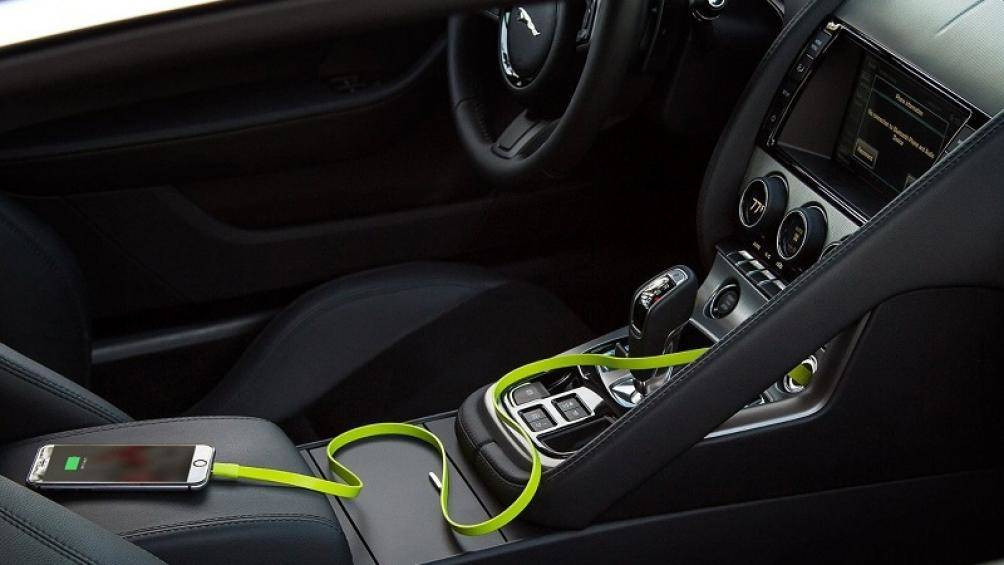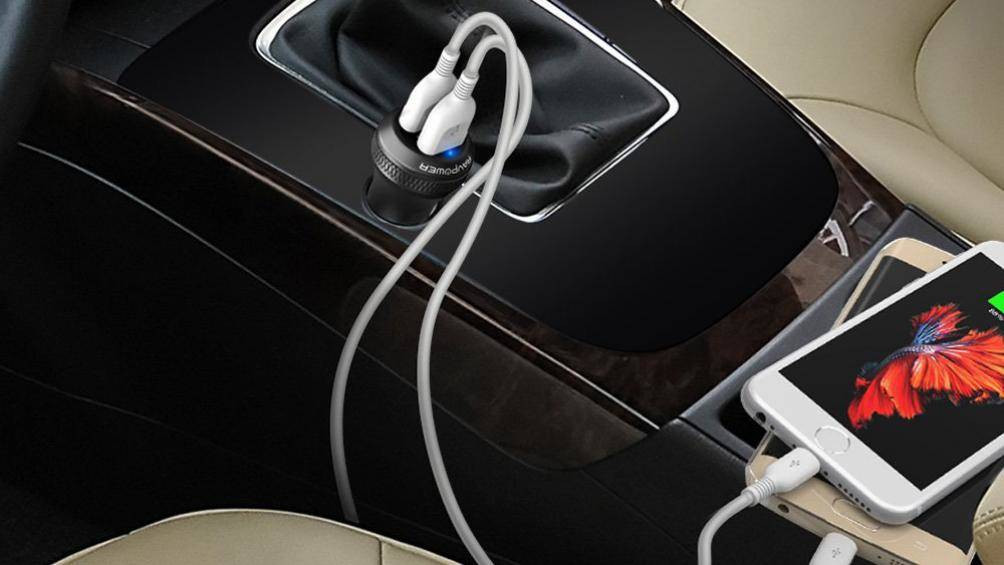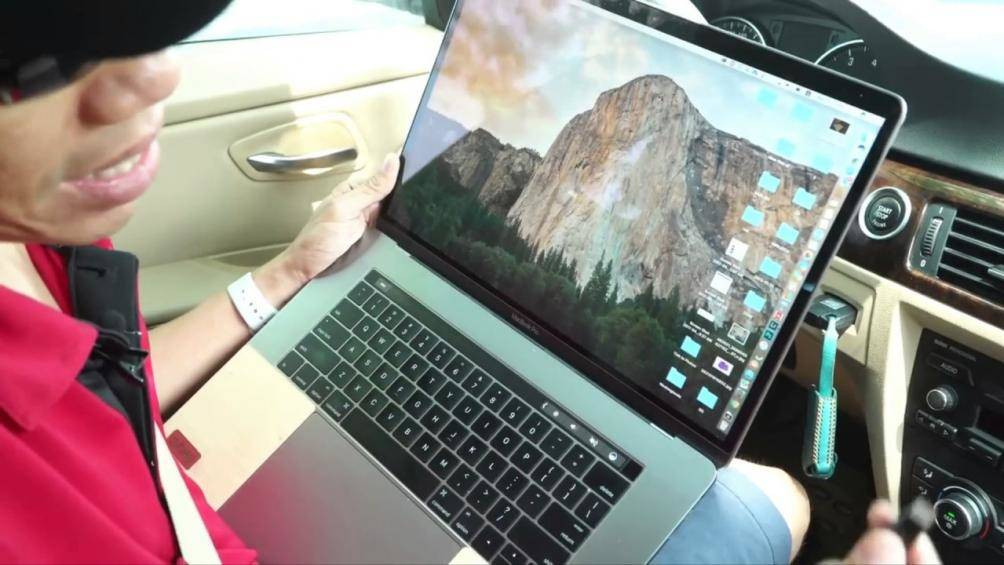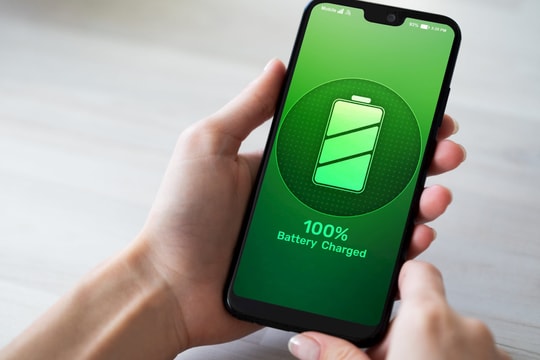Charging phone and laptop batteries in cars can cause fire or explosion.
Many people do not know that charging a phone or laptop battery in a car often poses a risk of causing a car fire or explosion.
 |
Many people often do not worry much about charging their phones or laptops, because these vehicles are equipped with sockets. However, there is an important information that many people do not know, which is that the electric current in the car is a direct current supplied from the battery. Therefore, if you pay attention, you will see that the time to fully charge the device is longer than when we charge at home and it also has a greater risk of fire and explosion due to the phenomenon of electrical surges.
Electrical engineers advise families to equip themselves with a separate charger specifically for the purpose of moving vehicles. It has the ability to convert DC current into 220V AC current suitable for all devices and also limits the risk of fire. However, people also need to pay attention to some things when using a converter charger.
General notes when choosing and using chargers
Similar to when at home, charging the phone in the car or train should not be used while charging to avoid causing an electrical surge that can damage the device and endanger the user's life. Especially the power source in the car is unstable so everyone must be very careful.
Charging a phone or laptop on a train or car usually takes longer than charging at home. For example, while it takes 1 hour to fully charge a battery at home, it will take about 1 hour and 30 minutes when using a charger connected to an outlet.
Finally, you should learn the details of the charger you need to buy to choose the right type for your phone, laptop in the car, train. In addition, you should buy at reputable supermarkets and stores with warranty.

Note for phone chargers
For phones with keyboards: Choose a charger with a power output of 500mA-1,000mA.
Smartphones, touch screens: Choose chargers with power consumption from 2000mA – 2100mA.
Plug the charger directly into the power outlet on the vehicle. Do not connect indirectly through other outlets as this can easily cause an electrical surge that could burn the device.
For cars, each type of car will have a different power source, so people should pay attention when choosing the right charger. Most cars today only need to use 1-2A for cars with 12V voltage.

Notes for laptop chargers
Choose a charger with a charging head that fits your laptop's charging port.
You must know the voltage information of your laptop to choose a charger with the appropriate voltage. Specifically, read the power information printed on the device's charger to determine the voltage level.
When you plug the charger into a power outlet in your car or train, the red LED will light up to indicate that the device is receiving power.


